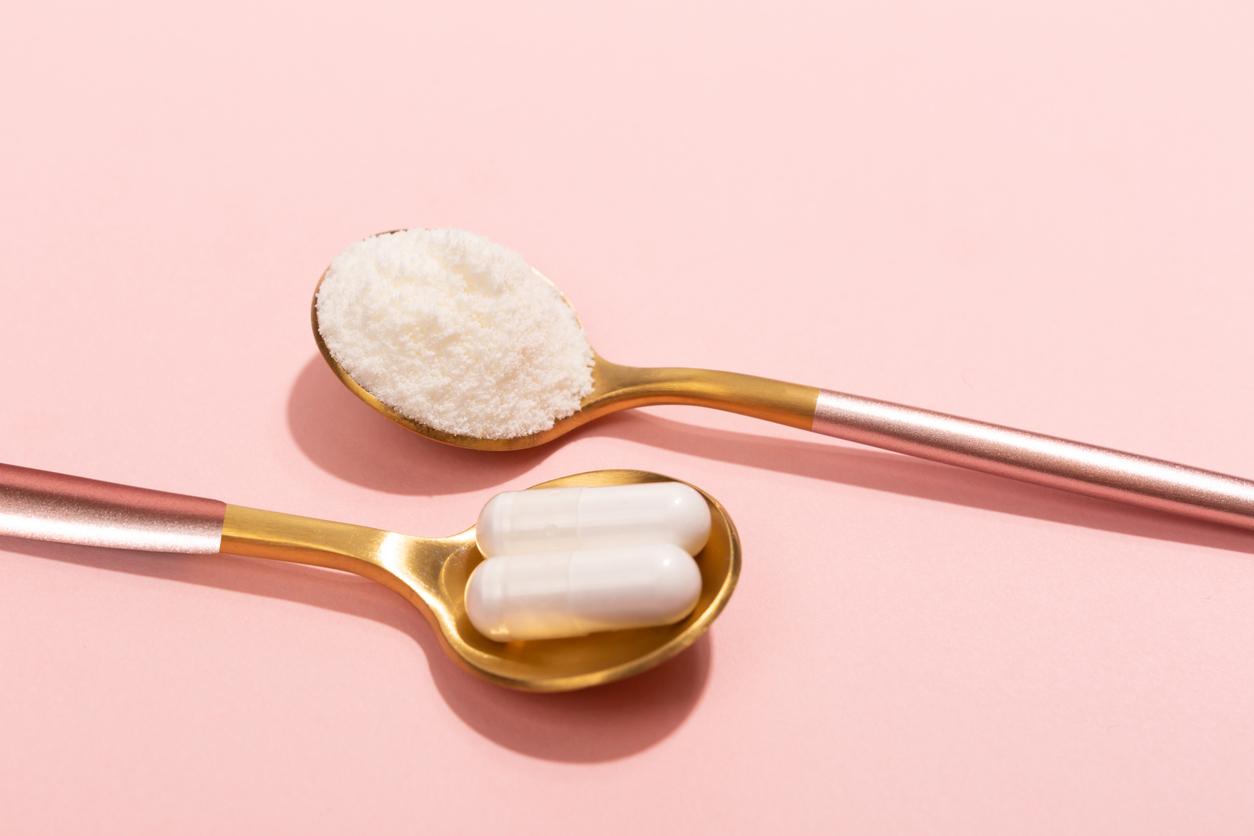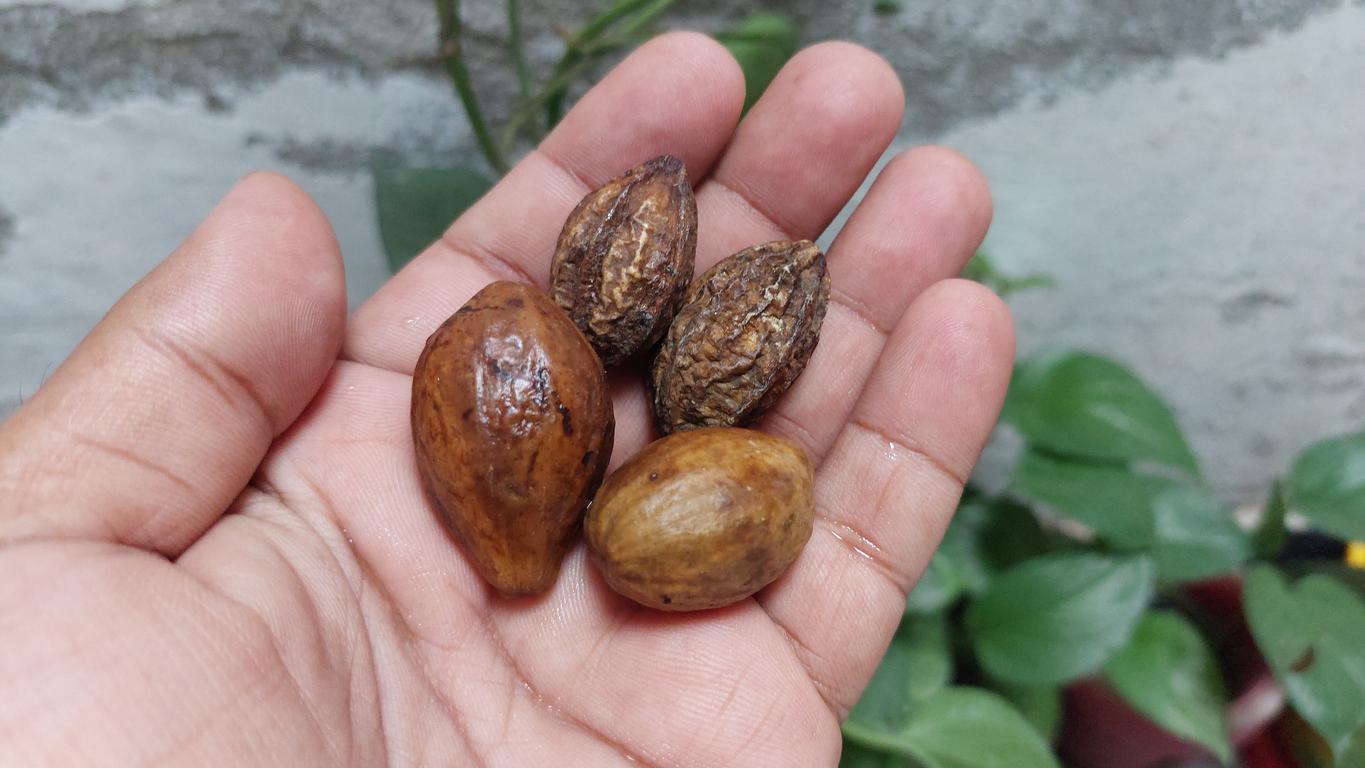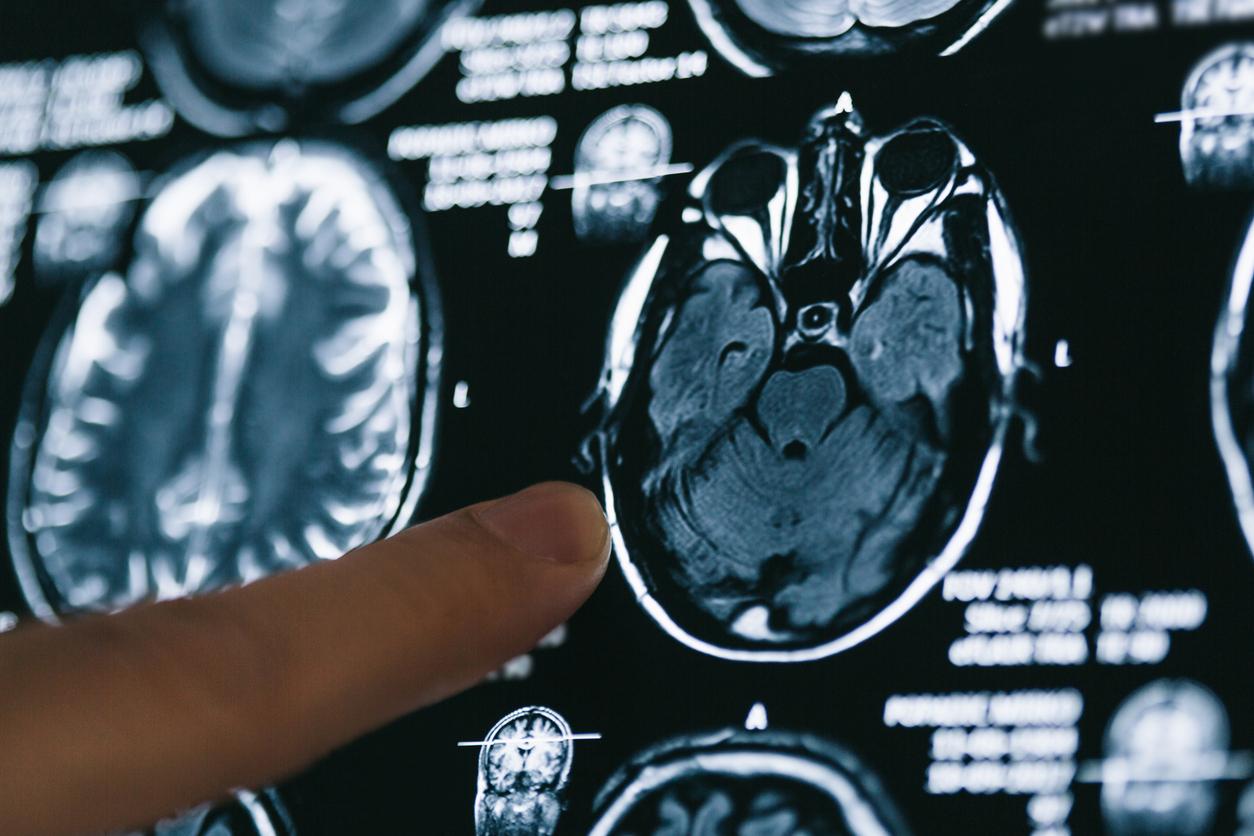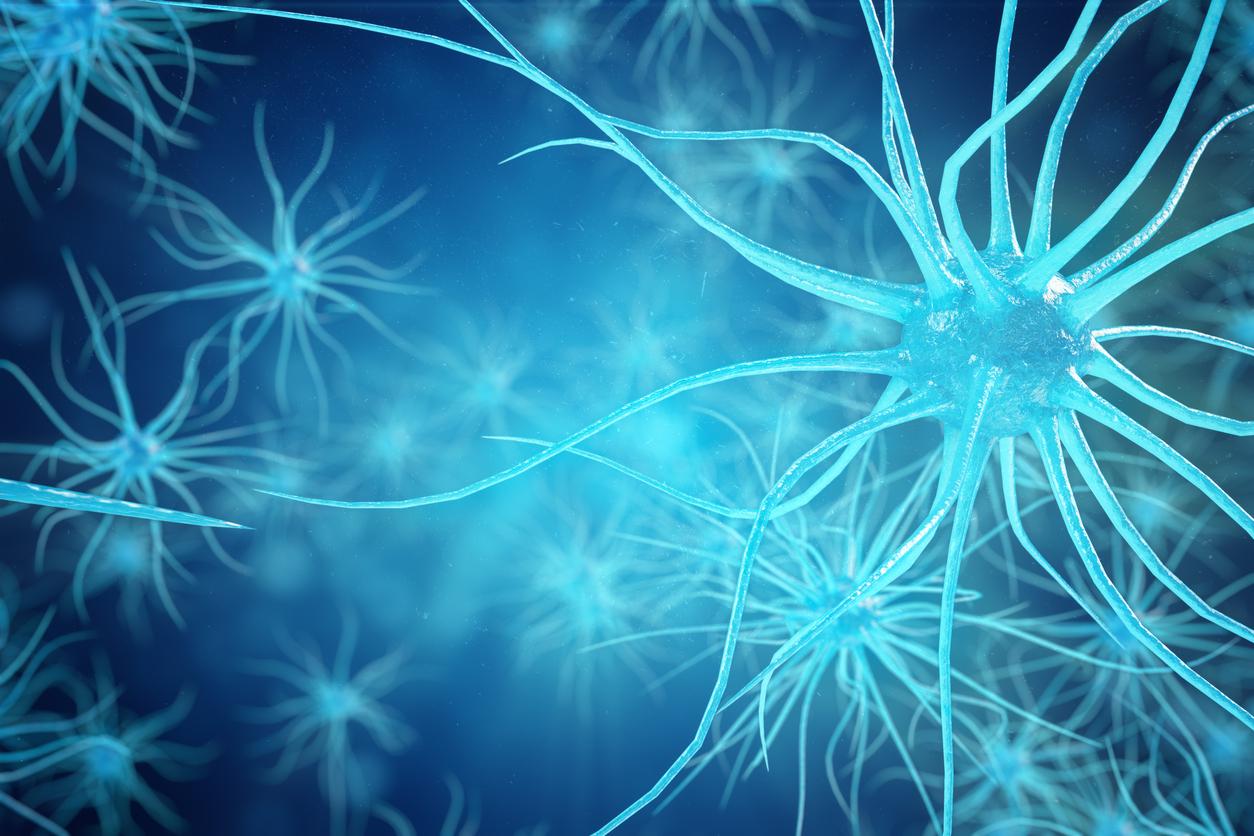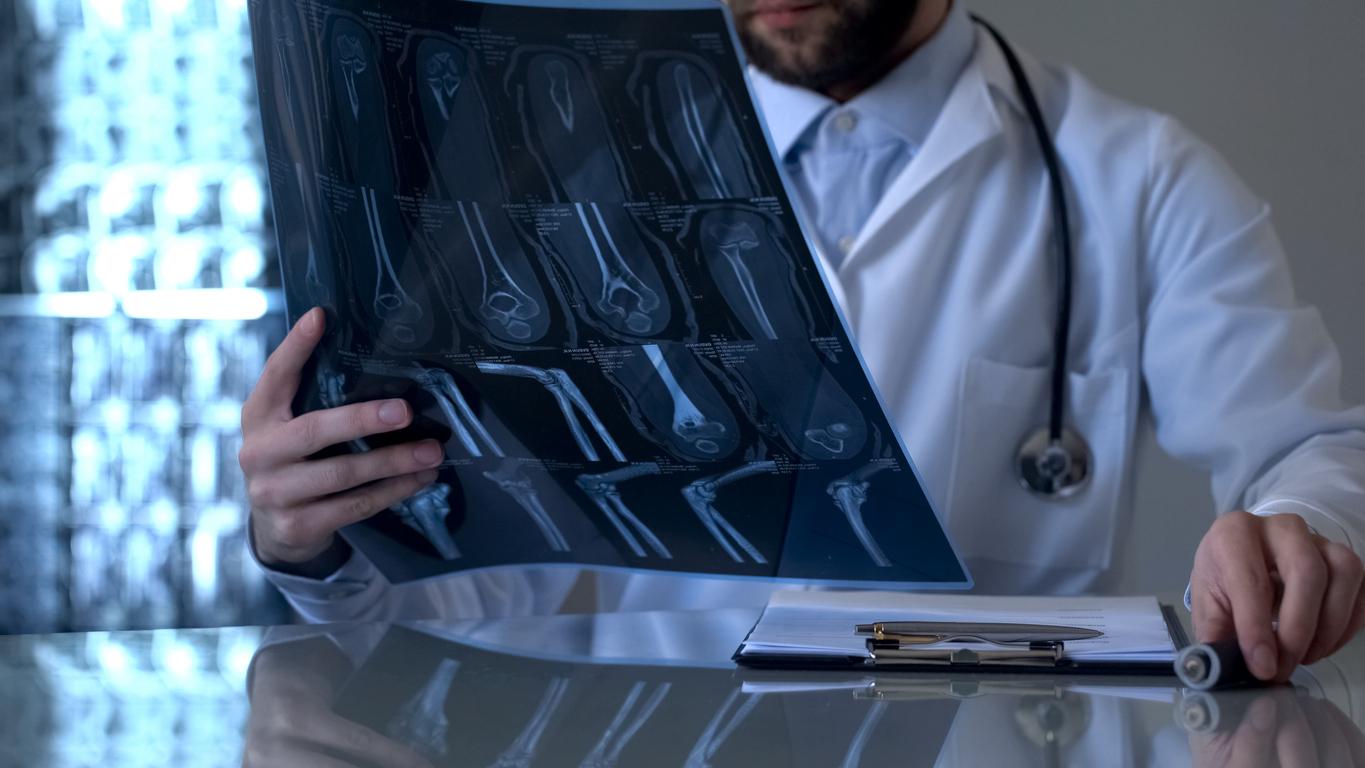Inserm researchers have developed an innovative pulmonary valve using human collagen, a promising advance that could be a “game changer” in the treatment of heart disease in children, including tetralogy of Fallot. Interview with INSERM researcher and research leader Fabien Kawecki.
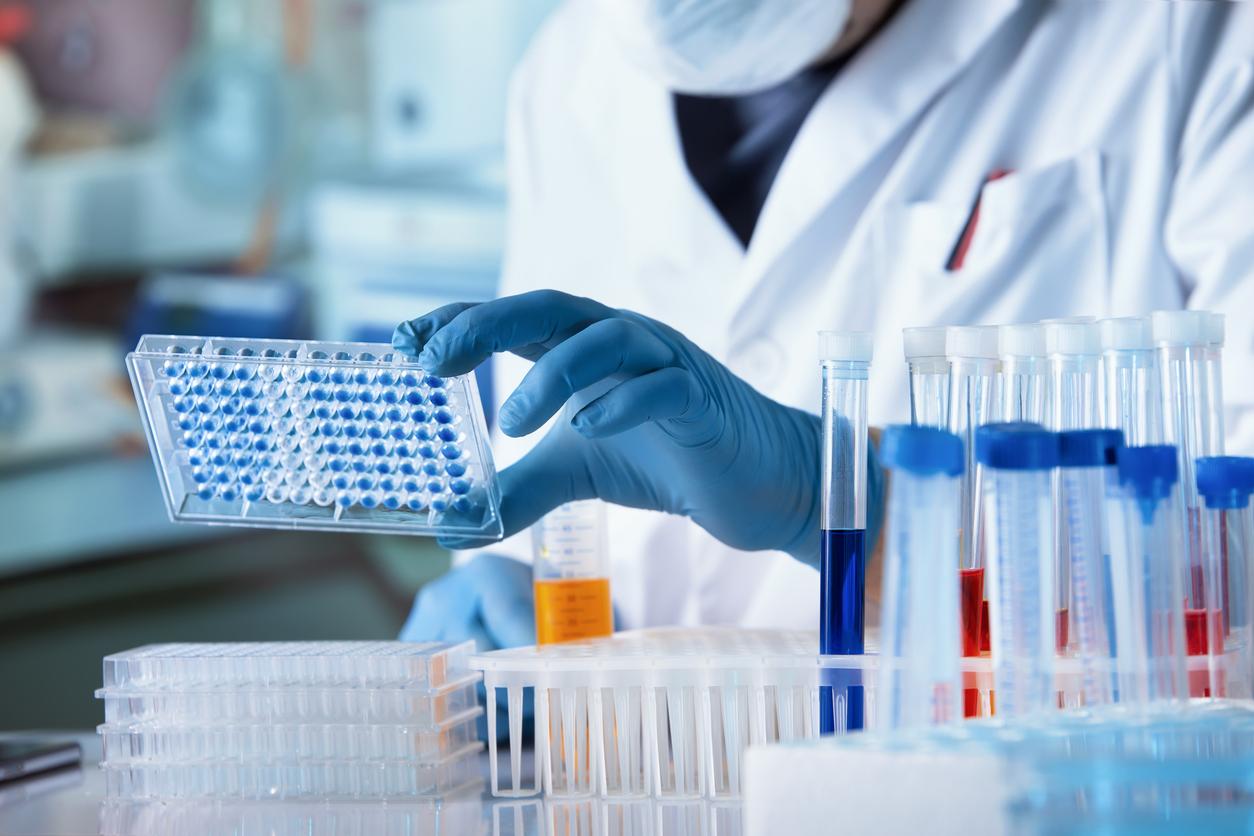
Why Doctor: Could you explain to us what collagen is and its function in our body?
Fabien Kawecki: Collagen is a protein found in almost all of our tissues, and it is what gives them their mechanical strength. This helps support them and the organs they will make up.
Why did you think of collagen to create a valve?
Currently in the clinic, to repair the valves, we use membranes that are either synthetic membranes or so-called “biological” membranes that come from animals and are chemically treated. We needed a mechanically strong membrane to repair children’s hearts, particularly the valves. We thought about using completely biological sheets produced by cells in culture that secrete their own naturally formed collagen and which is human.
A mechanically strong and resistant leaflet to be able to withstand the millions of beating cycles that a valve undergoes during a patient’s life.
How does this fit with pulmonary valves?
In terms of morphology, we will have a relatively similar appearance with, roughly, the same thickness as a native valve. There will be some structural differences in the protein composition between the leaflet that we produce and the native valve. But today what we are mainly looking to have is a mechanically strong and resistant leaflet to be able to withstand the millions of beating cycles that a valve undergoes during the life of a patient.
Could you remind us of the function of the pulmonary valves?
The function of the valves is to ensure the direction of blood flow and prevent blood from returning, particularly at the level of the pulmonary valve that we treated in the context of repairing tetralogy of Fallot. It will prevent the return of blood that goes towards the lungs from the right ventricle. If this valve fails, we will have an overload at the level of the ventricle which will dilate which risks creating arrhythmias and potentially sudden death of the child. This valve function must be ensured to prevent all of this.
Can the operation be performed from birth?
Children who are operated on for tetralogy of Fallot are usually 6 months old. We wait until these children reach a certain weight and age to be able to be operated on and to be able to withstand this type of surgery which is a very heavy surgery.
The use of a biomaterial capable of growth such as ours will create a real change in the field of pediatric cardiovascular surgery.
How could this be a game changer in the treatment of pediatric heart disease?
Today, as I said, the materials that are used for these surgeries are either synthetic or chemically treated. So once implanted, there will be a foreign body reaction that will lead to a chronic inflammatory reaction. This can lead to thromboembolic complications. Furthermore, these materials do not grow with the patient. The use of a biological material capable of growing such as ours will create a real change in the field of pediatric cardiovascular surgery.
How do you collect collagen?
Collagen, we have it produced in culture flasks by skin cells. These cells can be obtained either from a donor or from the patient himself.










